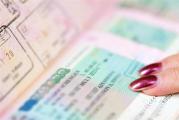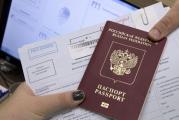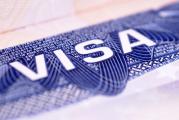How to get a Schengen visa on your own in Moscow? List of documents, cost, terms
Love to travel around Europe? Then you know firsthand about such a thing as a “Schengen visa”. This is a kind of entry pass to a number of European countries, the history of which began 20 years ago, and 1985 is considered the starting point. The place where the historic event took place was the city of Schengen in Luxembourg. France, the Netherlands, Germany, Luxembourg and Belgium were the first countries to sign an agreement on the creation of a special European zone, later Spain, Portugal and Austria joined the list. Today, the Schengen visa is active in 25 countries. The countries together form a single Schengen area.
The Schengen visa for Russians ensures the free movement of citizens within the borders of the member countries of the Agreement. Such free movement is limited in time, since the pass has a certain period of validity.
To obtain a visa, some people prefer to apply for the services of specialized travel agencies, while others save money by relying solely on their own strength. But obtaining an entry permit is not entirely simple, since any such procedure contains both obvious aspects and pitfalls. This explains the relevance of the question of how to get a Schengen visa on your own in Moscow.
Category classification
Schengen visas are divided into five categories. Let's consider each of them in more detail.
Category A - airport transit visa. The owner of such a "pass" becomes a person who makes a transit flight through the territorial space, which is part of the possession of a member state of the Schengen Agreement. This type of visa gives its owner the right to be at the airport. Movement within the country is strictly prohibited. Airport only!
Category B - transit Schengen visa. Grants the right to follow through the territorial space of the Schengen country. Such a visa has a fairly short validity period (1-5 days). A person who issues a transit type pass cannot travel to a Schengen country for the purpose of employment or a long stay in the country.
Category C - tourist Schengen visa. Registration is carried out within the walls of the consulate or embassy of the state that is planned to be visited, and is an entry pass to its territory. A tourist visa can be single-entry and multiple-entry. The validity period is usually six months. There is also such a thing as a "guest visa". Such permission to enter is issued on the basis of receiving a special invitation letter from friends or relatives.
Below is a sample Schengen visa.

Category D - national The period for which it is issued exceeds 3 months. It is issued in accordance with the legislation of a particular country. Grants the right to travel through a country party to the Agreement in order to enter the country where the visa was issued. The maximum period of transit type movement is 5 days.
Category C + D - long stay visa. The combination of national and tourist. Allows its owner to stay for a long period on the territory of a country that is a member of the Agreement, as well as move around the territory of other countries that have signed the Agreement.
What are the benefits of a Schengen visa?
- Free movement in Europe between the countries participating in the Schengen Agreement and individual countries of Eastern Europe.
- Opportunity for prompt/extra-urgent departure to one of the 25 participating countries (last minute deals, special offers, etc.).
- The possibility of flying to the countries of America (Central and South), Africa, using the flights of European low-cost airlines in Europe and beyond its borders.

Where is a Schengen visa issued? Visa Application Centers in Moscow
You can apply for a Schengen visa only at the embassy of the country you want to visit. The registration procedure, as a rule, takes from 4 to 12 days, depending on which country is chosen for travel.

Visa Application Centers in Moscow:
- Service and visa center of Germany. Address: Moscow, st. Shabolovka, 31 (metro station Shabolovskaya).
- Service and visa center of Spain. Address: Moscow, d. 1, k. 2.
- Visa center of France. Address: Moscow, st. Marxistskaya, 3, building 2.
- Visa Center. Address: Moscow, Nizhny Susalny pereulok, 5, building 19. Specializes in accepting documents for issuing visas to the USA, Singapore, China, Japan, Cyprus, Latvia, Slovakia, Estonia.
- Visa Application Center of India. Address: Moscow, st. Novy Arbat, 2, 4th floor, office No. 412.
- Visa center of Austria. Address: Moscow, st. Dubininskaya, 35.
- Service and visa center of Belgium. Address: Moscow, st. Shchipok, 11, building 1.
- Service and visa center of Greece. Address: Moscow, Nikitsky Boulevard, 17.
- Service and visa center of Finland. Address: Moscow, st. Prospekt Mira, 54, fl. 3.
- Service and visa center of the Czech Republic. Address: Moscow, st. Suschevsky Val, 31, building 2.
- Service and visa center of Italy. Address: Moscow, per. Maly Tolmachevsky, 6, building 1.
- Visa center of Switzerland. Address: Moscow, per. Podsosensky.
- Service and visa center of Malta. Address: Moscow, st. Shchipok, 11, building 1.
- Visa Application Center of the Netherlands. Address: Moscow, st. Shchipok, 11, building 1.
Schengen visa: cost
How much the pass will cost depends on the type of Schengen issued. There are four of them. And they differ in terms of receipt, cost and term of the maximum possible stay in the countries of the Agreement.
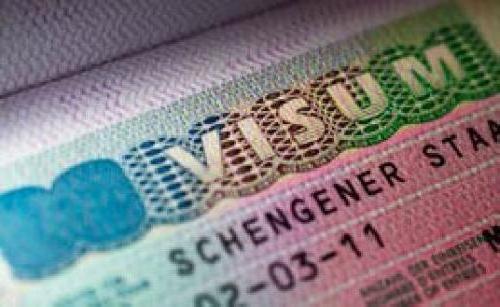
Schengen visa for a year (90/365). It can be done in 4-5 days. Price - 350 euros. Allows you to stay in the Schengen area for up to 90 days inclusive every six months. Requirement: One Schengen visa in the last 24 months.
Urgent Schengen visa for a year (90/365). Issued within 2-3 days. It will cost 100 euros more than a regular annual visa - 450 euros. The number of possible days of stay in the country and the conditions are identical with respect to the previous type of pass.
Three-year Schengen visa (90/3 years). The term of receipt is about one working week, but no more than 8 days. The type of pass in question is a Schengen visa, the cost of which will be 350 euros. Grants the right of 90-day stay in the country-participant of the Agreement in each half-year. Condition: the presence of an annual visa.
Schengen visa for 5 years. Term of receipt - 7-8 days. Price: 550 euros. The number of days during which you can stay in the territory of a eurozone country is 90. Condition: a three-year Schengen visa.
Obtaining a Schengen visa on your own: myth or reality?
You can apply for a Schengen visa without contacting specialized agencies. Of course, it is worth noting that this will take a lot of time and effort. The key to successful self-issuance of a pass is the unquestioning implementation of certain actions.
How to get a Schengen visa on your own in Moscow? Step by step instructions are provided below.
Step number 1. First of all, you should clearly define the country you want to visit for one purpose or another, and the embassy you will contact for this purpose. This step is considered very important, since it is the choice of the country and the consulate that determines all subsequent requirements, the fulfillment of which ensures the receipt of a pass.
Step #2 Documentation You should consult with the embassy staff in order to obtain information on what specific documents need to be submitted for consideration in order to subsequently receive the status of "Schengen visa holder". For most people, this step is considered the most difficult, since a lot of problems can arise during its implementation.
What is the difficulty? The fact is that the only office authorized to inform with absolute accuracy about the necessary documentation for applying for a Schengen visa is the office that will issue you a visa - the embassy. Not a single travel agent, acquaintance, comrade or yellow press will give you an exact list of the necessary information. Therefore, before you get a Schengen visa on your own in Moscow, you should find out everything about the list of documents that you need to collect. This can be done both directly at the embassy itself, and online on the official website of the embassy that represents the country where you intend to go. There is a lot of information on the portal, therefore, in order not to waste time in vain, immediately pay special attention to the “Visas. Documents for a tourist visa. And remember that a refusal to obtain a visa may be caused by the collection of an incomplete package of documents.
Step number 3. Collecting the necessary documents. Having studied in detail the list of documentation, the provision of which is the key to a successful visa application, we begin to prepare papers. As a rule, the general list of documents includes hotel reservation confirmations, tickets, salary certificate, evidence of certain funds for daily expenses, insurance policy, photographs, a questionnaire, and a few more specific documents.
When all the necessary documentation is collected, it is provided to the consular officer.
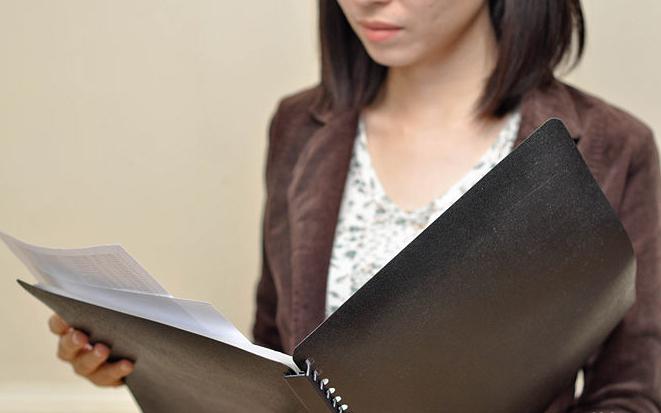
He takes your documents, and in return provides a payment for the consular fee. Such a receipt consists of two sheets of yellow and white. Be sure to save it, because on its basis the consular fee is paid, and only upon presentation of it you will be able to pick up your passport with a visa.
Step number 4. Interview. Negotiations with representatives of the embassy take place on a predetermined date at a certain time. You should bring all prepared documents with you, the list of which may be adjusted depending on which country you are going to and which embassy you applied for a visa to. If you prepared based on the information received at the embassy or on the website of the office, then there should be no problems.
A Schengen visa for a child is issued according to the same strategy as a visa pass for an adult.
Filling out the visa application form yourself
To obtain a Schengen visa, one of the most important requirements is a correctly completed application form. This is a special application form, which has a single sample for all applicants. The form was created in strict accordance with the Visa Code of the Union, and the form itself includes a set of unified columns and a list of questions of a standard type.
Filling out a Schengen visa:
The questionnaire can be completed in two ways: by hand or by computer typing. If the first option is chosen, then only capital block letters should be used when writing. If preference is given to machine font, then such a questionnaire must be certified by the signature of the applicant for obtaining the status of “visa holder”.

Also, when choosing a method of filling in a computer set, it is first recommended that you familiarize yourself with the rules for putting dashes, since each Schengen member state has its own guidelines on this issue.
Innings:
After filling out the questionnaire, it is submitted to the authorized bodies. And some European states accept the completed questionnaire online through the official Internet portal. The electronic form of the questionnaire implies a Schengen visa of the country of Estonia, as well as countries such as Latvia, Liechtenstein, Slovakia, Norway, Switzerland. All applicants who wish to obtain permission to enter the above countries must go through an additional registration procedure before submitting the application form. It is quite simple and transparent, and it does not take much time to complete it.
One of the prerequisites for such a registration procedure is the indication of an e-mail to which the applicant has permanent access. Countries that provide the applicant with the opportunity to choose how he will complete and submit the questionnaire include Poland, Portugal, Lithuania, Finland, Germany. In them, both electronically and in the traditional way, a Schengen visa can be issued. The list of countries that are compliant ends here, all other states use only the traditional paper form for compiling and submitting a questionnaire to apply for a visa.
Language:
The questionnaire is completed in the national language of the state whose embassy it is addressed to, or in the international language - English. This is a general rule. Language variations may vary by country. So, the embassies of Poland, Germany and Estonia accept questionnaires in Russian, Finland can take questionnaires containing Russian words, which were written in Latin letters. But! If the questionnaire is submitted online, then the Russian language is prohibited.
Latin should be written data, the source of which is the passport, the name of the business partner, the name of the hotel, etc.
A completed application form in a traditional paper form for a Schengen pass consists of four A4 pages. If the questionnaire was compiled and registered online, then one more page is attached to the main four pages - the fifth one, which contains a barcode.
These four pages contain 37 Q&A items. From the 1st to the 20th paragraph, personal data is indicated (full name, date and place of birth, citizenship, information about previous foreign passports of a citizen of the Russian Federation, place of work or study).
From 21 to 30 points, information is disclosed regarding the purpose of entry into the territory of the European zone, that is, the reason for which a Schengen visa is issued is indicated: work, tourism, a visit to relatives, etc. The country with the maximum stay, the state of entry into the zone are also indicated Schengen visa, estimated length of stay with fixation of the date of arrival and departure, information on Schengen passes that were issued over the past three years before submitting the next application, The remaining paragraphs contain information relating to the specification of the host, relatives with European citizenship, the date and place of preparation of the document .
The structure of the questionnaire also contains a final line, within which the applicant confirms the veracity and correctness of the information provided, assumes the obligation to purchase medical insurance at each entry, and consents to the processing of personal data in the VIS database (visa information system).
Before you get a Schengen visa on your own in Moscow, study all the rules for filling out the application form in more detail.
Applying for a French Schengen visa - the path of least resistance
It has been repeatedly confirmed that the degree of complexity of obtaining a visa pass is directly dependent on the country in which you want to obtain the right to stay. You can get an "easy" Schengen visa at the French consulate in Moscow.

Here, even a person with a “clean” passport can apply for a “long pass”. The French are also loyal to the list of necessary documents for the applicant.
Such behavior of a foreign state in relation to Russian tourists is due to the fact that France today is a supporter of the abolition of visas for Russian citizens. And this is understandable, because the income of the tourism industry has a positive growth trend and is increasing from year to year.
What documents does the French embassy in Moscow require?
1. Application for a Schengen visa.
2. A completed application form (read the rules for filling out below).
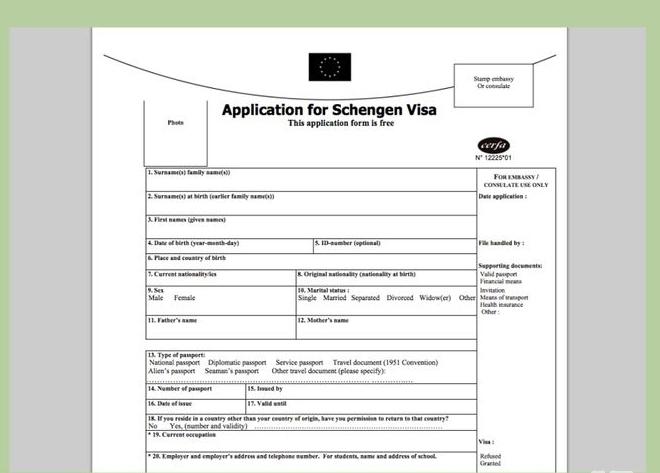
3. Plane tickets to France and back. You can make a reservation.
4. Confirmation of hotel (or other residence) booking. The French embassy accepts bookings from all booking sites, whether prepaid or not.
If a visa pass is issued simultaneously by two, three, etc. people, then in the reservation of residential apartments in the “Names of guests” field, you should enter the names of all those people who are traveling with you and will stay in the same room as you . If only one last name was entered during the booking, the booking must be edited without fail. The latter consists in adding the full name to the line of guests. spouse/children, etc. who are traveling with you.
5. Medical insurance policy + its photocopy. The insurance must cover the entire period of stay in a foreign country. At the same time, the minimum insurance amount for the countries participating in the Schengen Agreement is equivalent to 30 thousand euros.
6. A document confirming a sufficient level of financial security.
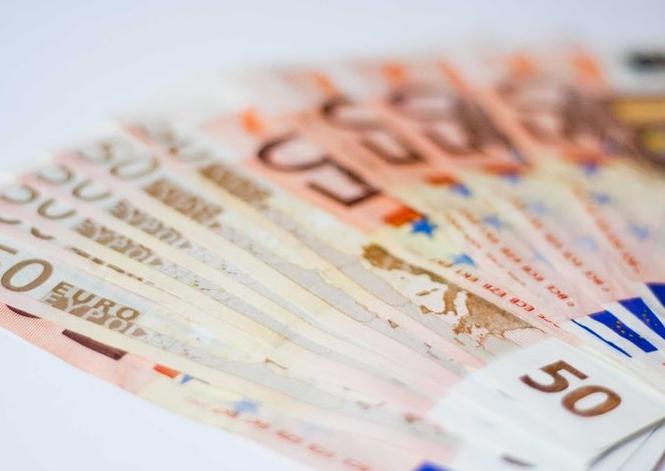
The consulate may request one or more such documents. For example, a certificate for a Schengen visa from work + a certificate from the bank on the status of the account / credit account. It is worth noting that the more extensive the documentary field regarding the financial condition of the applicant, the more likely it is to get a Schengen visa. But! This does not mean at all that if only a certificate from the place of employment is provided, the issuance of a visa pass will be denied. In addition, the French Consulate does not put forward any requirements in relation to the amount of money in the account per person per day. For example, it determines the solvency of the client, based on the calculation of the daily rate of spending per person at 57 euros.
If you act as a sponsor of your loved ones, say, parents of retirement age or a housewife, then a photocopy of the birth certificate, marriage certificate and other documents that are indisputable proof of family ties, as well as a photocopy of documents confirming your financial situation. In this case, a sponsorship letter is written. Its form is arbitrary.
7. Two photographs, the parameters of which meet the requirements of the French consulate.
In order not to guess whether it will fit or not, you can take a picture directly at the consulate itself, where the procedure for issuing and issuing a visa pass will take place. A photo taken in such an office will definitely be what you need.
Visa pass to Germany
A Schengen visa to Germany is issued on the basis of the submission of the following package of documents:
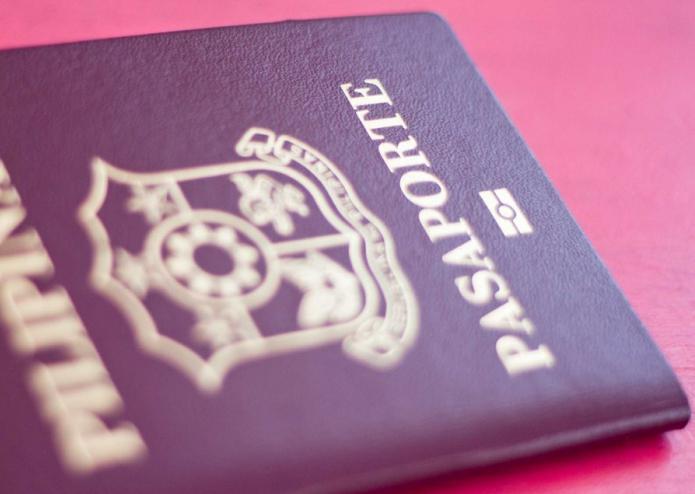
- completed questionnaire;
- a photocopy of the completed questionnaire;
- photographs (2 pcs.);
- an invitation from relatives or friends from the German state, which states the purpose and timing of the visit;
- income statement;
- account statement;
- insurance;
- a document that acts as direct evidence that the return to their homeland is inevitable (this can be a marriage certificate or property ownership certificate).
Schengen visa to Germany will be obtained if:
The solvency of the applicant is confirmed and is within the required amount. Solvency is considered proven when the funds on the account are enough for the entire period of stay in a European country, based on the calculation of 50 euros daily.
When applying for a tourist visa, a mandatory requirement is the dedication of the Consulate to the purpose of the trip, the provision of the route of your movement, a check for paying for the hotel.
Possible reasons for refusal to obtain a Schengen visa
The issuance of a visa may not be carried out if during the previous trip there was a deportation from a country that is a member of the Schengen Agreement. At the same time, it does not matter which country you were deported from and which one you want to go to, since all participating countries have a single computer database, which is systematically updated with data from persons who violated the law (for example, a Schengen visa for a country in Germany will not be issued if there was a fact deportations from France).
The second reason for refusal is the provision of incorrect information (not true) in the application form.
The next reason is the lack of employment and decent wages.

